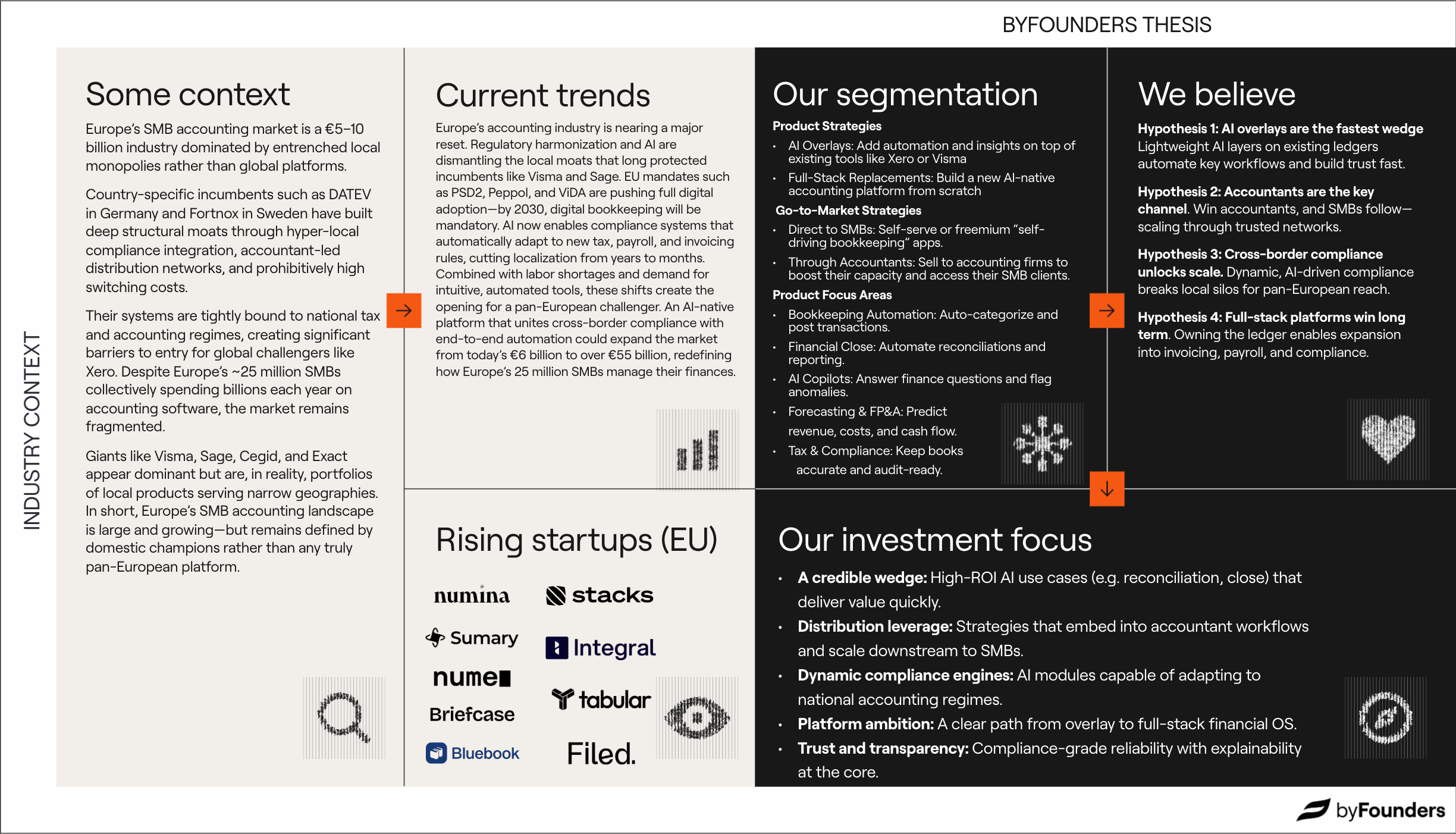The Carbon Rush: Investing in Carbon Dioxide Removal
Casper Bjarnason delves into the Carbon Dioxide Removal (CDR) landscape, discussing the significance of CDR in achieving climate targets, the determinants of its success, and the venture capital perspective on investing in this field.

Carbon Dioxide Removal (CDR) is the general term that refers to removing carbon dioxide from the atmosphere and durably storing it, leading to negative emissions. We need CO2 removal to meet any of the 1.5 or 2 degree 2050 targets (climate action requires both reduction of GHG emissions & pulling GHG out of the atmosphere). CDR is vital to scale the Voluntary Carbon Markets (VCM), namely for any company that has committed to be net zero and thus must purchase offsets. There are a broad range of CDR methods falling into three categories: biological, engineered, and hybrid.
Overview of all the Different CDR Methods

The 3 main parameters that will determine the success of each type of CDR are 1) Cost (i.e how much does the method cost to capture 1t CO2), 2) Scalability (i.e how much carbon can be captured per year), and 3) Commercial potential (i.e how does the company generate revenue), with the mandatory condition of permanence.
Cost and scalability
VC-backable CDR technologies will have a clear path to be an affordable technology <$100/ton at scale and have a clear path to reach a meaningful capacity of removing >0.5gt/year from the atmosphere.
Cost and Scalability Potential of CDR Methods

Commercial Potential to Fit the VC Return Profile
Commercial use cases for captured carbon can be summarised as:
- Carbon Markets (corporate offsetting)
- Carbon to value (use cases for carbon such as in beverages)
We believe that it is difficult to invest in CDR business models that are heavily reliant on a carbon price, i.e. selling offsets. Putting a price on carbon globally is still an unsolved issue and it is risky to build the core revenue model around. It is unclear if, when, and how the price of carbon lands in terms of regulatory fluctuations, price volatility, etc. Although we can take the ETS as a benchmark for avoidance credits (keep in mind, not removal credits) which is currently priced at ~€85 (which is 4x+ the price from 2019). Despite strong tailwinds coming from the Voluntary Carbon Markets (strong shift to purchasing high-quality removal credits rather than low-quality avoidance, plus this past year the amount of carbon removal ever pre-purchased has ~40xd), this is too uncertain for us to build the VC business case for at this point in time. Thus, we are interested in investing in CDR that is closely tied to carbon utilization where the sequestration process generates carbon utility as a direct output with significant justifiable commercial potential, i.e. where the output is tied to carbon utilization.
Typically in our hardware or deeptech investments, we are happy to accept technical risk (i.e. risk of this technical innovation being possible) but we cap our commercial risks by investing in undeniably massive opportunities if the team is able to execute on the technical side (such as Pixieray, Meine Erde, Jellatech, Quantica). However, if the CDR business model is reliant on carbon price, then we would be exposed to both significant commercial and technical risk.
Taking all into account, the most VC-backable segments within CDR involve the utilization of captured carbon, as seen with Paebbl. Further, novel sequestration processes that produce carbon utility, like those of Carbo Culture, have considerable commercial potential.
Overview of Potential Utilization of Sequestered Carbon

We believe in a future where many different CDR methods will develop simultaneously over time. Both the market size of the opportunity and the long development timelines will allow for many CDR companies to exist, and they do not necessarily compete with one another. We are excited to follow the CDR space and see what is in store for the hopefully inevitable future of having scalable, cost-efficient, and commercially viable CDR methods.
Top Resources and Readings
- Deep dive into the technologies turning excess atmospheric carbon into valuable industrial inputs: https://contrary.com/foundations-and-frontiers/carbon-removal
- Deep dive into carbon utilization: https://www.ctvc.co/carbon-to-value/
- Overview of CDR methods: https://survivaltech.substack.com/p/cdr?utm_source=/search/dac&utm_medium=reader2
- Database on Known CDR purchases: https://docs.google.com/spreadsheets/d/1BH_B_Df_7e2l6AH8_8a0aK70nlAJXfCTwfyCgxkL5C8/edit#gid=164845246
- Database on public Carbon Dioxide Removal projects: https://carbonplan.org/research/cdr-database
- CDR Dashboard: https://www.cdr.fyi/




.jpg)


